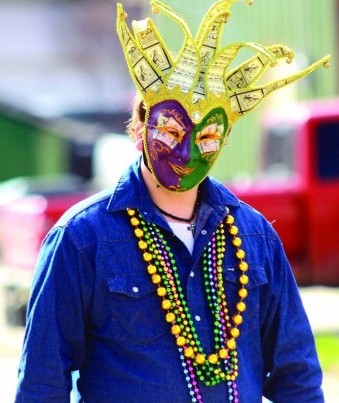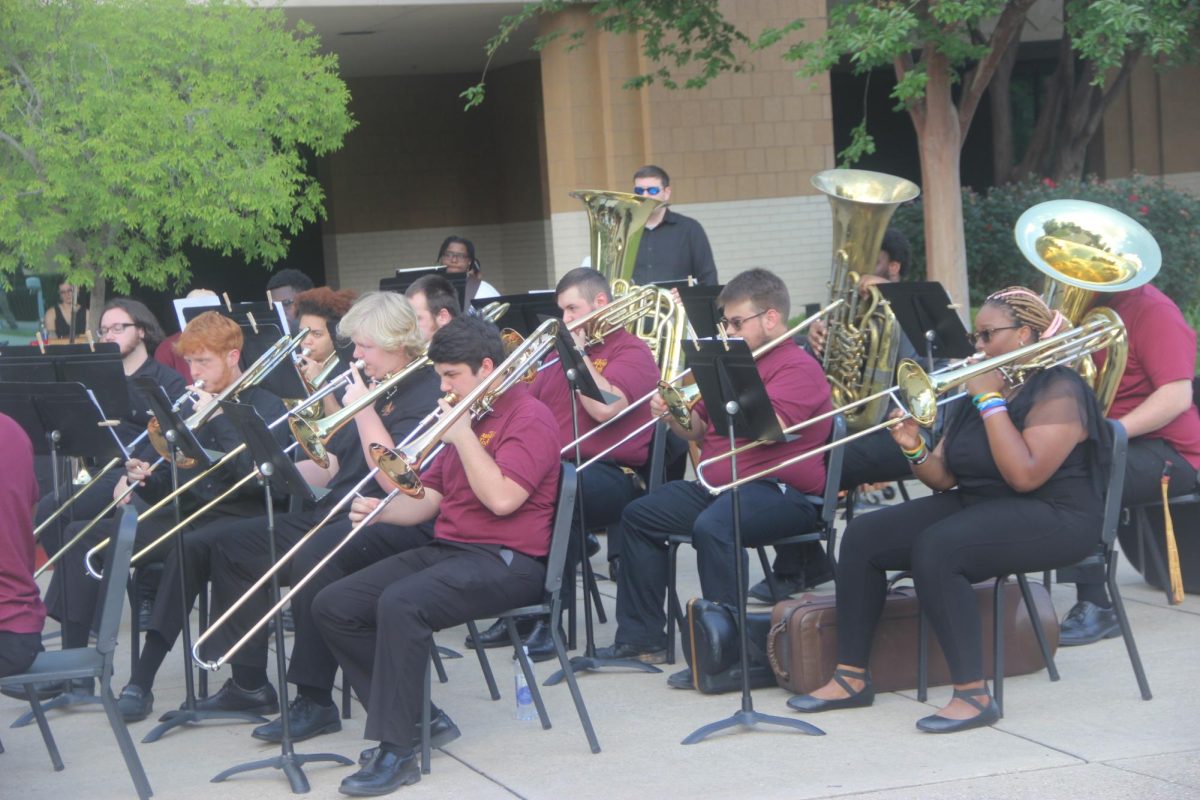The elaborate celebration of Mardi Gras we have come to know and love today has a long and diverse history.
Dating as far back as medieval Europe, Mardi Gras has continuously grown in popularity ever since it was declared a legal holiday in Louisiana back in 1875.
According to the Institute for New Orleans History and Culture, Mardi Gras started as a pagan holiday, later adopted by the Catholics into Easter.
When French explorers Bienville and Iberville arrived on Louisiana’s coast in 1699, they named it “Pointe du Mardi Gras,” after realizing they landed on the eve of the holiday.
Mardi Gras in French means “Fat Tuesday.” It is also referred to as Shrove Tuesday, coming from the word shrive, meaning “confess.”
Prominent in Catholic faith, both the French and Spanish brought the holiday over to the new world.
Fat Tuesday is a day to indulge in food and drink before Ash Wednesday. Ash Wednesday begins the Lenten season, a time of fasting that is six weeks before Easter.
By the time New Orleans was established in 1718 by Bienville, Mardi Gras had been in full swing since 1703, when the first Mardi Gras celebration was held in Mobile, Ala.
The Institute for New Orleans Culture and History also says that organizations, called krewes, were part of New Orleans’ elite society.
These krewes “gave members excellent credentials and business connections.”
The main krewes in New Orleans were the krewes of Comus, Rex, Momus and Proteus. Rex, Proteus and Comus are still around today.
The krewes would have masquerade balls and parades, but not like the ones we know today.
In 1857, formal parades were introduced with marching bands and floats pulled by horses.
Jazz bands played throughout the streets, creating the unique and common sound we associate with Mardi Gras.
During the parade, African Americans would carry “flambeauxs,” or torches, lighting the way.
The Mardi Gras New Orleans website states that by 1870, the first account of throws occurred from the Twelfth Night Revelers krewe. The throws include throwing items from the floats like trinkets and later, beads.
A prized possession to catch from a parade float is a coconut. “Coconuts are a great treasure, and they are hard to get,” according to the Mardi Gras New Orleans website.
The krewe of Zulu hand paint the coconuts and hand them out to only a select few during the parade.
Purple means justice, green means faith and gold means power. All three represent the meaning of Mardi Gras and tie in the Catholic religion.
The colors were used to symbolize the parade in 1872.
It was also decided at this time to have a King of Carnival, known as the “Rex.” According to colortrude.com, the Rex would lead the parade through New Orleans while encouraging the festivities.
It is said that the first Rex of Mardi Gras was the Grand Duke Alexis Romanoff of Russia.
During his stay, Romanoff chose the trio that still represents Mardi Gras today.
In 1892, after the krewe of Rex used the colors in their theme, the two rival colleges in Louisiana at the time, LSU and Tulane, decided to use the colors for their schools.
Today, millions of people celebrate in New Orleans, connecting with Louisiana’s vibrant past and keeping it alive for years to come.









